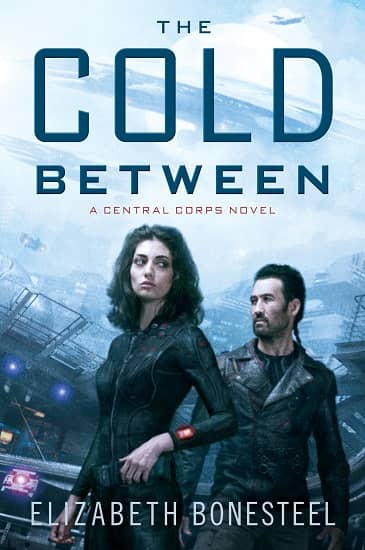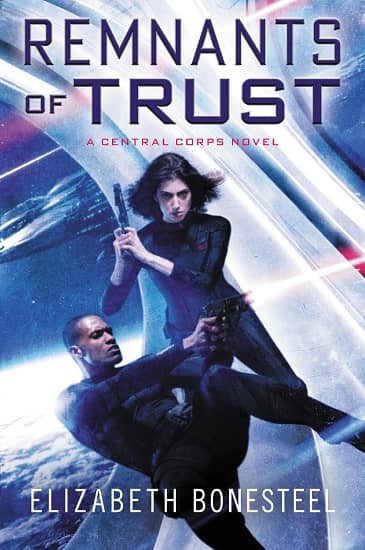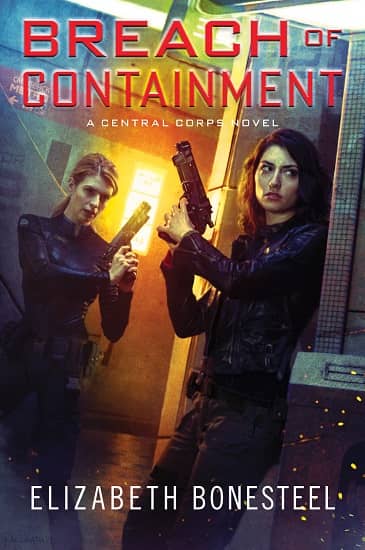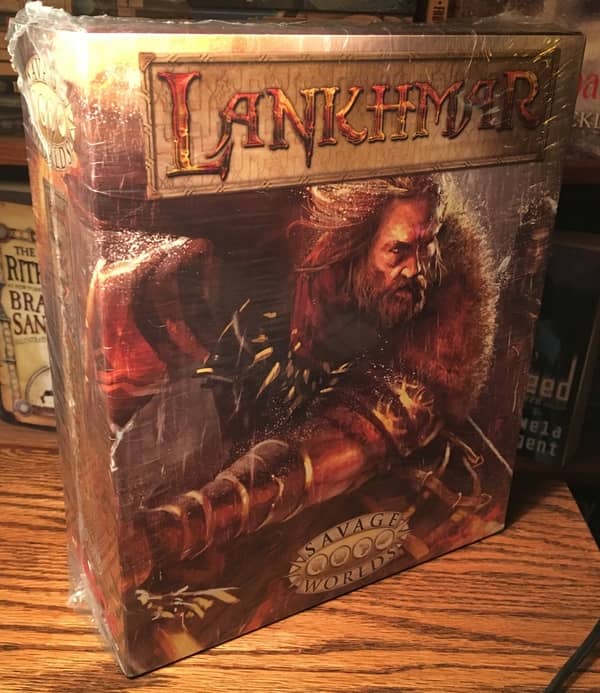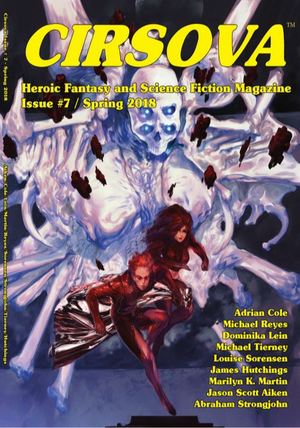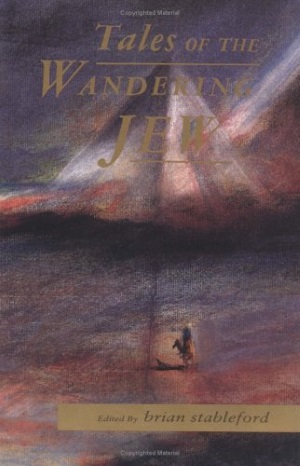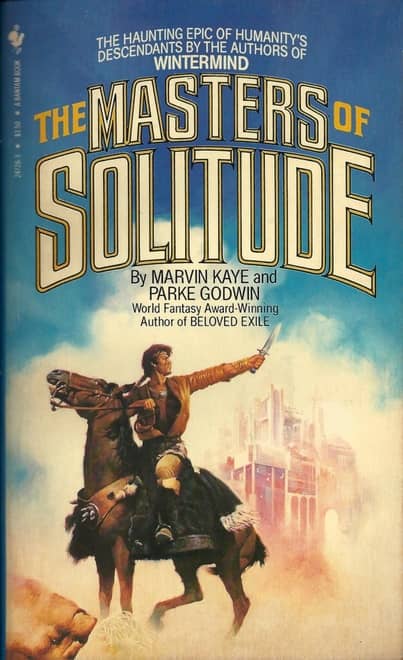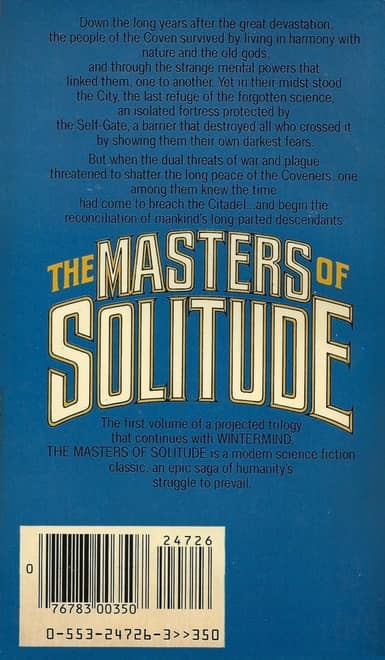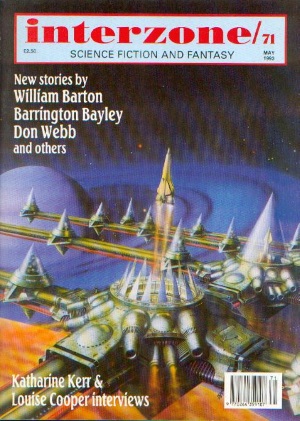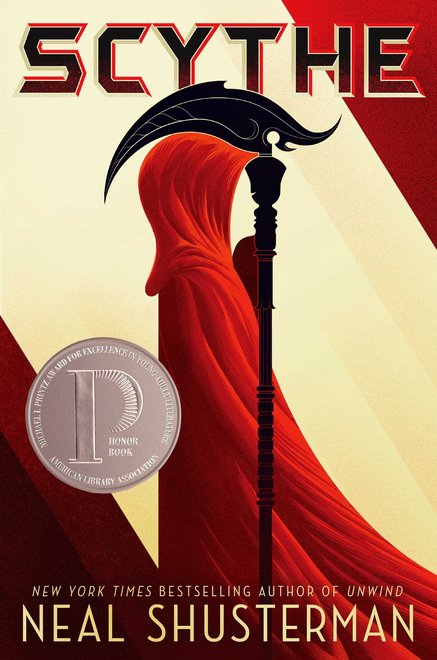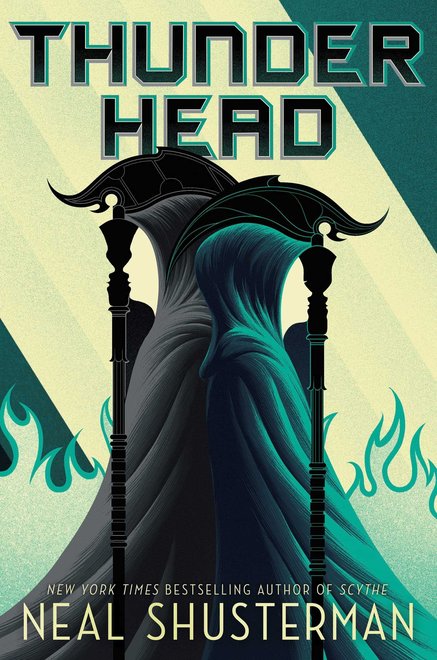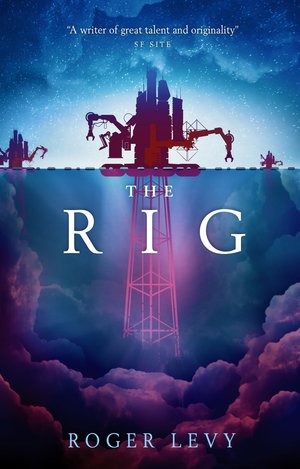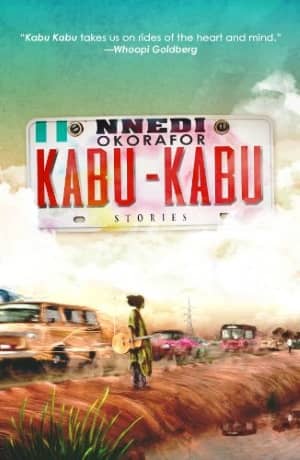Birthday Reviews: James Patrick Kelly’s “Rat”
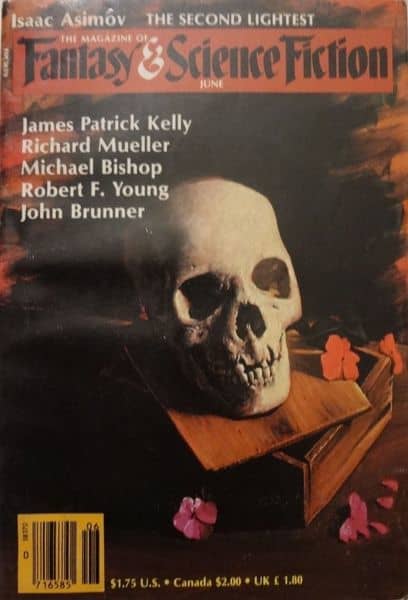 |
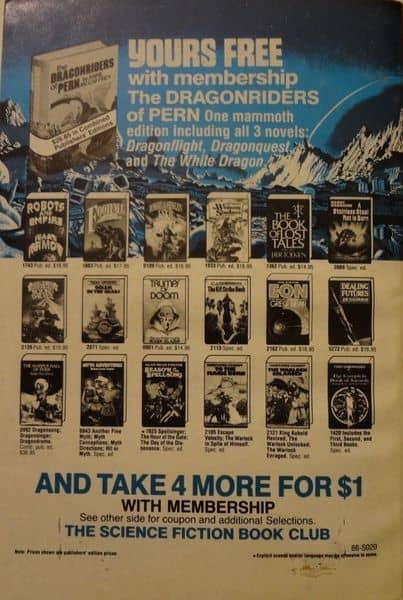 |
Cover by Michael Garland
James Patrick Kelly was born on April 11, 1951.
Although Kelly has published the novels Wildlife and Look Into the Sun, the majority of his fiction has been at shorter lengths, including the stories “Bernardo’s House,” “Mr. Boy,” and “One Sister, Two Sisters, Three.” In addition to his own novels and short stories, Kelly has edited several anthologies with John Kessel, and has collaborated with Kessel, Jonathan Lethem, Robert Frazier, and Mike Resnick on stories and poems.
Kelly won the Hugo Award for his novelettes “Think Like a Dinosaur” and “1016 to 1.” His novella Burn won the Nebula Award as well as the Italia Award. His works have also been nominated for the Seiun Award, the Gaylactic Spectrum Award, the James Tiptree, Jr. Award, and the Theodore Sturgeon Memorial Award. He is the author most published in Asimov’s Science Fiction Magazine, with both fiction and a regular column appearing in the magazine.
“Rat” was originally published in the June 1986 issue of The Magazine of Fantasy and Science Fiction, edited by Edward L. Ferman. It received a Nebula Award nomination for Best Short Story and was picked up by Orson Scott Card for the anthology Future on Fire and by Ursula K. Le Guin and Brian Attebery for The Norton Book of Science Fiction: North American Science Fiction, 1960-1990. Card reprinted it again in Masterpieces: The Best Science Fiction of the Century and Kelly included it in his collection Think Like a Dinosaur and Other Stories. When F&SF’s new editor, Gordon van Gelder, edited The Very Best of Fantasy & Science Fiction, Volume 2, he selected the story to be in the table of contents. The first two times the story was reprinted, it was translated into German for an appearance in Wolfgang Jeschke’s L wie Liquidator and French for Scott Baker’s Ombers portées.
